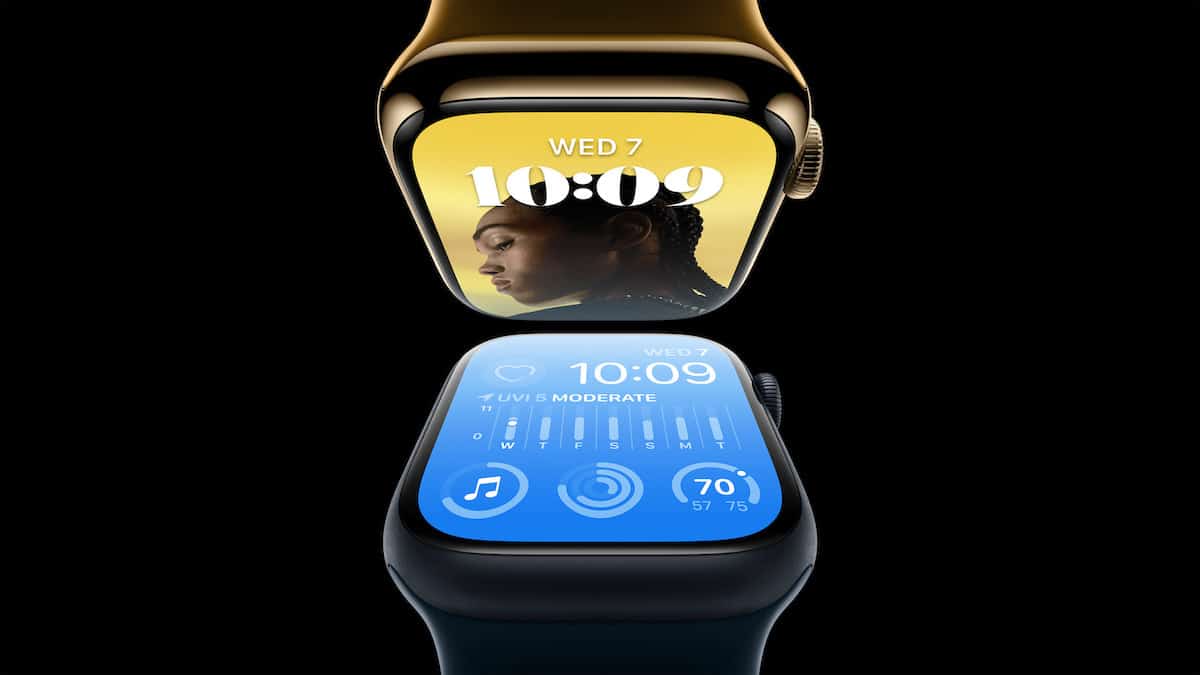According to information published this week by David Hsieh, an analyst at technology research company Omdia, Apple intends to launch the “Apple Watch Series X” and third-generation Apple Watch SE with a larger display by 2024.

Analyst reveals new details regarding next year’s Apple Watch models
According to Hsieh’s report, there will be 1.89-inch and 2.04-inch display variations for the Series X. Depending on the case size, these alternatives would be 5% to 10% larger than the Apple Watch Series 8’s display. These specifications refer to the square display panel, however, the Apple Watch’s rounded bezels reduce the amount of screen that can actually be seen.
Although the name has not been verified, “Apple Watch Series X” would have comparable branding to the iPhone X. Since the product is anticipated to be the 10th-generation Apple Watch, Hsieh is most likely using the moniker “Series X” as a placeholder.
Hsieh anticipates that the third-generation Apple Watch SE will have displays that are identical to those of the Apple Watch Series 8. If the new Apple Watch SE adopts the Series 8’s thinner bezels, it will be available in case sizes of 41mm and 45mm, as opposed to the 40mm and 44mm of the current Apple Watch SE. The same display sizes as the Series 8 are something else he anticipates for this year’s Apple Watch Series 9.

According to Hsieh, the next-generation Apple Watch Ultra would have a larger 2.13-inch display when measured as a rectangle, which is in accordance with analysts Ross Young and Jeff Pu. The first-generation Apple Watch Ultra features a display that is almost 1.93 inches compared to the rumored 2.1-inch display the new model may feature. This means that the second-gen model will likely be the first Apple Watch that has a case size higher than 50mm.
MicroLED technology uses tiny LEDs to create pixels, improving efficiency while providing more accurate color, high contrast for better HDR and viewing in poor lighting conditions, support for wider viewing angles, less chance of screen burn-in, low latency for higher refresh rates, and support for wider viewing angles.


